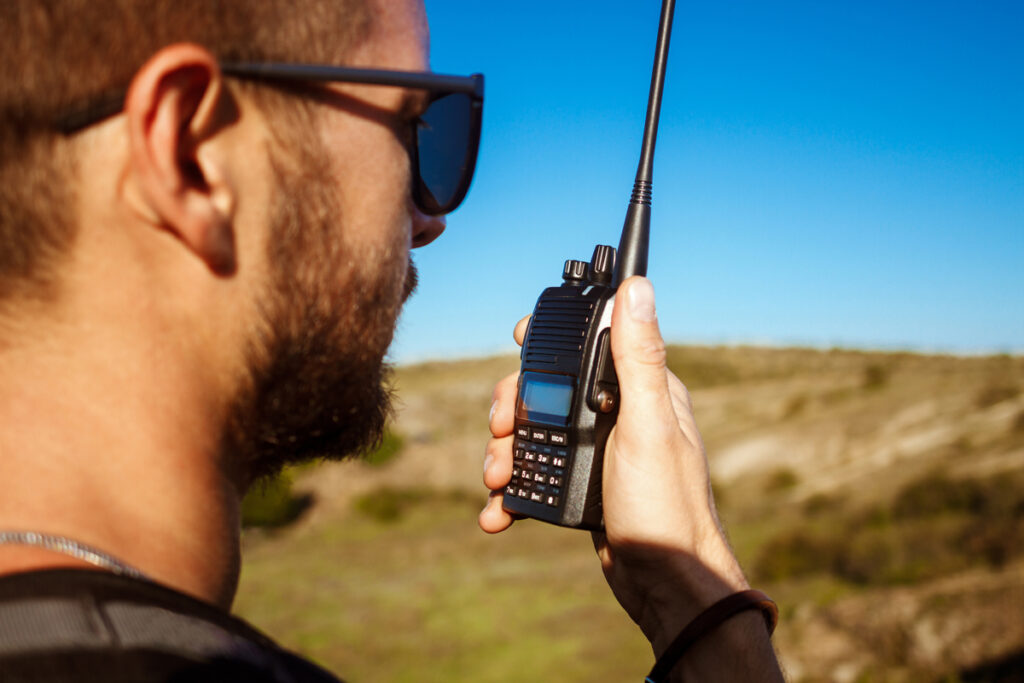Pagers and Walkie-talkies Banned on Iranian Flights Post Lebanon Attack

After the Lebanon attack, Iran has tightened safety measures to ensure improved security within the aviation industry. As such, one of the most significant requirements is the ban on pagers and walkie-talkies in all Iranian flights. Even though this move comes as a surprise, it does bring along some serious issues in terms of passengers, travelers, and effects on global aviation security.
Effects in the Short Run Following the Lebanon Attack
The tragic Lebanon attack shook the whole region. Consequently, certain countries had to review their security conditions. Given the stringent aviation policies that it upholds, Iran has acted swiftly in strengthening security on its flights. Among the steps taken by the country to ensure that such further threats will not adversely affect its airlines is the banning of pagers and walkie-talkies.
New Aviation Rules in Iran: An Overview
Iran has acted to improve its aerial security concerning this attack. The ban on the use of pagers and walkie-talkies is peculiar, but it is part of a much larger effort to eliminate any devices that can be used as a tool for control by unauthorized or nefarious activities onboard.
Why Pagers and Walkie-talkies?
Bans on devices as seemingly benign as pagers and walkie-talkies seem extreme, but the pagers and walkie-talkies can relay and receive communications, which represents a security risk. The radio frequencies that walkie-talkies may employ can crash the communications airliners rely on for safety. Pagers may also be used to pass covert messages. The Iranians are coming at this from an extremely cautious reduction strategy.
Broader Implications for Passenger Safety
While the ban may seem disruptive to passengers who still use these devices, the primary concern is ensuring safety. By removing any possible communication tools that could be exploited, Iranian authorities are taking steps to protect passengers, crew members, and aircraft from potential dangers.
Impact on Travelers and Airlines
As with any policy change of this magnitude, there is a shift that the airlines and the passengers have to work around. Airlines will need to sort out how to enforce the restriction along with complying with it, while traveling passengers will need to adjust to the new rules and practices of travel.
How Air Operators Adapt to Change
Airlines flying to and from Iran have quickly updated their pre-flight announcements and security screenings. Passengers are being informed well in advance about prohibited items, including pagers and walkie-talkies. Airline personnel are undergoing additional training to handle these changes, ensuring they can identify banned devices and confiscate them if necessary.
Traveler Concerns and Compliance
As a result of this ban, travelers would be adversely affected as they will have to deal with hardship just to communicate while at the airports especially for those that still find paging convenient to suit certain communication needs. However, most passengers are reasonable; they know these are preventive steps to protect them. They are likely to comply but airport authorities shall also be on high alert on the implementation.
Security Measures in Place
Iranian aviation has always been rather risk-averse about security. These new measures are another extension of that cautiousness, now doubling down on security efforts not only at the gate but across the entire infrastructure of the airport.
Enhancing Airport Security
To complement the in-flight device ban, Iran is also ramping up its airport security checks. Passengers can expect more thorough screenings, particularly for electronic devices. Security personnel are now trained to spot restricted items and ensure they are not brought onto planes, further enhancing the safety of flights.
Cooperation with International Aviation Bodies
Iran is working closely with international aviation organizations to ensure that its new security protocols align with global standards. This cooperation ensures that any measures taken by Iran are in line with best practices while respecting international aviation norms.
Comparison with Global Aviation Security Policies
Such a country was not the first one to do so. Several nations have put in place some form of security measure in response to such threats. The motivation behind Iran’s measure can be understood by the manner in which other countries react to similar issues.
How Other Countries Handle Similar Threats
For instance, the U.S. and the U.K. have long imposed restrictions on certain electronic devices during flights, particularly when threats are heightened. These measures serve as a deterrent, making it harder for malicious actors to communicate or disrupt flight operations.
Lessons Learned from Global Aviation Security
Iran’s new ban can be seen as part of a growing global trend where aviation security takes precedence over convenience. As global threats evolve, countries are adapting their policies to ensure maximum protection. The key takeaway? Safety will always win out over such practical considerations, even if it should inconvenience travellers.
Potential Future Bans and Restrictions
Could this prohibition on pagers and walkie-talkies be only the start? As technology itself advances, so too does the weaponry criminals may make use of. In the future, similar prohibitions might target more communications devices or perhaps even higher-technology apparatus.
Could More Devices Be Banned in the Future?
But as the threats evolve, perhaps other electronic devices may be banned from flights as well. Iran, like many other countries, would look at the various risks these new gadgets pose ranging from smartwatches to encrypted communication devices and all others.
Role of Technology in Aviation Security
Bans of some appliances may be the apparently reactive approach, but technology plays a crucial role in avionic security. Sophisticated scanning systems and AI-driven threat detection, along with advance communication tools for crew and security personnel, ensure that flights are safe. Technological development alone is believed to be relied on by the aviation sector to keep ahead of emerging threats.



